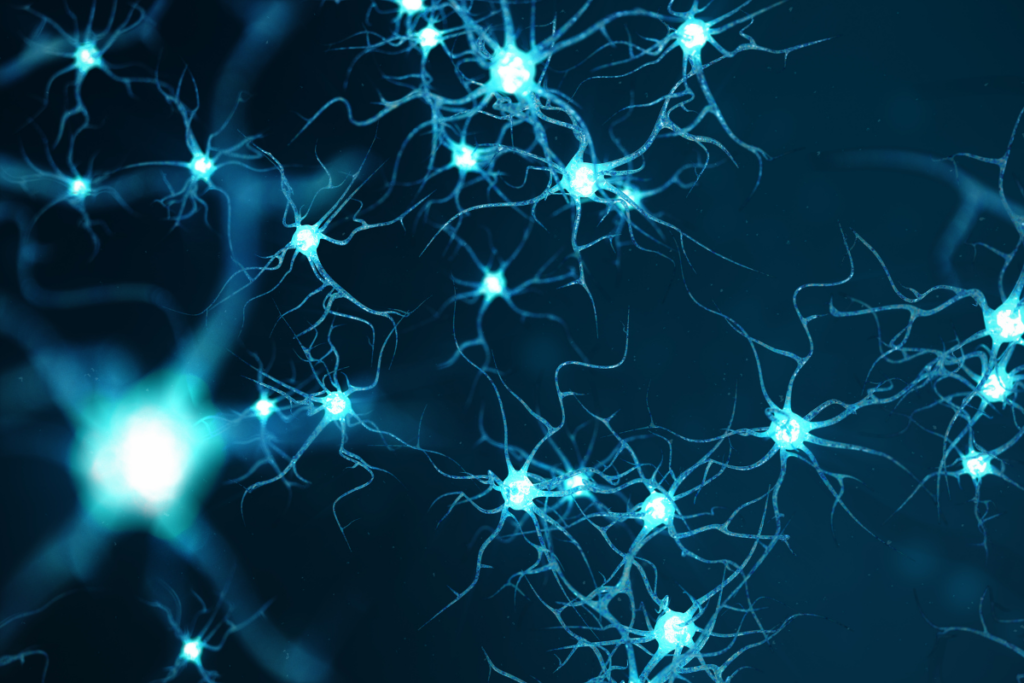Opioids are a class of drugs that work by binding the opioid receptors in the central nervous system. Opioids fall into three categories: prescription opioids, heroin, and synthetic opioids. Due to the way opioids interact with the brain, they can have serious side effects. Unfortunately, these risks only increase the longer a person takes them.
Over time, a person taking opioids can develop tolerance, dependence, and addiction. Although these consequences are often misunderstood as the fault of the person taking the drug, they are actually the result of physiological changes in the brain. They can happen to anyone, even to those who take opioids as prescribed by a physician.
How Chronic Opioid Use Affects the Brain
When drugs stimulate the opioid receptors in the brain, dopamine is produced and released, creating the feeling of pleasure. Unfortunately, this euphoric feeling is what makes many people initially abuse opioids.
Chronic opioid use can cause abnormalities in the brain, which become underlying causes of opioid tolerance, dependence, and addiction.
Chronic opioid use can cause abnormalities in the brain, which become underlying causes of opioid tolerance, dependence, and addiction.
Opioid tolerance occurs when the brain cells with opioid receptors gradually become less responsive to opioid stimulation as a person continues to use opioids. As tolerance increases, a person needs to increase their dosage to obtain the same effect.
Opioid dependence, and some of the associated withdrawal symptoms, affect the locus ceruleus, an area at the base of the brain. Brain cells in the locus ceruleus produce norepinephrine, stimulating functions like wakefulness, breathing, and blood pressure. Furthermore, opioids suppress the production of norepinephrine, causing drowsiness, slowed breathing, and lowered blood pressure.
With chronic opioid use, the locus ceruleus starts increasing the production of norepinephrine to make up for the loss that occurs when a person takes opioids.
When a dependent person takes opioids, norepinephrine levels are normalized. However, when they do not take opioids to offset the increase in norepinephrine, they begin to feel anxious, jittery, and experience diarrhea and muscle cramps.
As a result, a person who uses opioids over time begins to feel normal when they take opioids and experience withdrawal symptoms when they don’t.
The brain abnormalities that produce dependence usually resolve after a person detoxes.
When Does Opioid Use Become an Addiction?
Opioid use in its most severe form becomes an addiction. Opioid addiction is considered a disease, and it occurs when a person feels like they cannot function without opioids.
There are many theories about what happens in the brain when a person transitions from dependence to addiction.
One theory is the “changed set point” model, which speculates that opioid use alters the biological or psychological baseline. There are several variants to this theory. One hypothesis is based on the idea that the neurons in the brain’s reward system are set to release enough dopamine to produce a normal level of pleasure. When a person is addicted to opioids, their set point changes so that pleasure is not created when opioids are not present. Another theory is the “cognitive deficit” model, which argues that opioid addiction occurs based on abnormalities in the prefrontal cortex, an area of the brain responsible for executive functions, like planning and judgment.
The brain abnormalities that result in addiction are more complex and long-lasting than those that produce dependence. Thus, a person with an addiction to opioids may relapse months or years after they are no longer considered opioid-dependent.
Understanding Opioid Tolerance, Dependence, and Addiction
Opioid tolerance, dependence, and addiction have a biological basis. They each indicate brain changes resulting from chronic opioid use. By understanding the changes that occur in the brain when a person uses opioids, we can increase acceptance of the fact that opioid use disorder has nothing to do with a person’s own moral failing. Instead, it is a chronic medical condition that can happen to anyone, even those who initially take pain medications exactly as prescribed by their physician.
Opioid use disorder has nothing to do with a person's own moral failing. It's a chronic medical condition that can happen to anyone.


